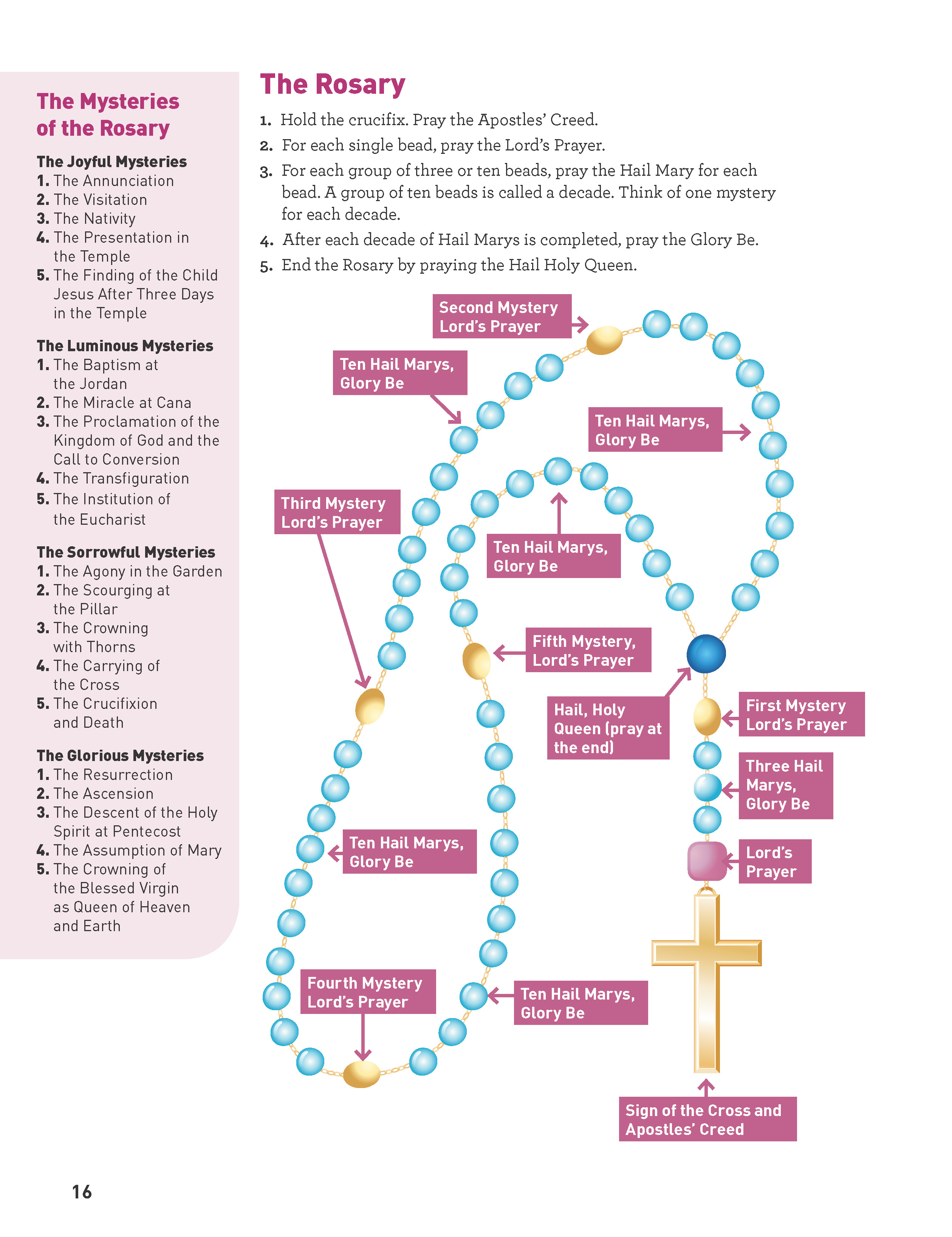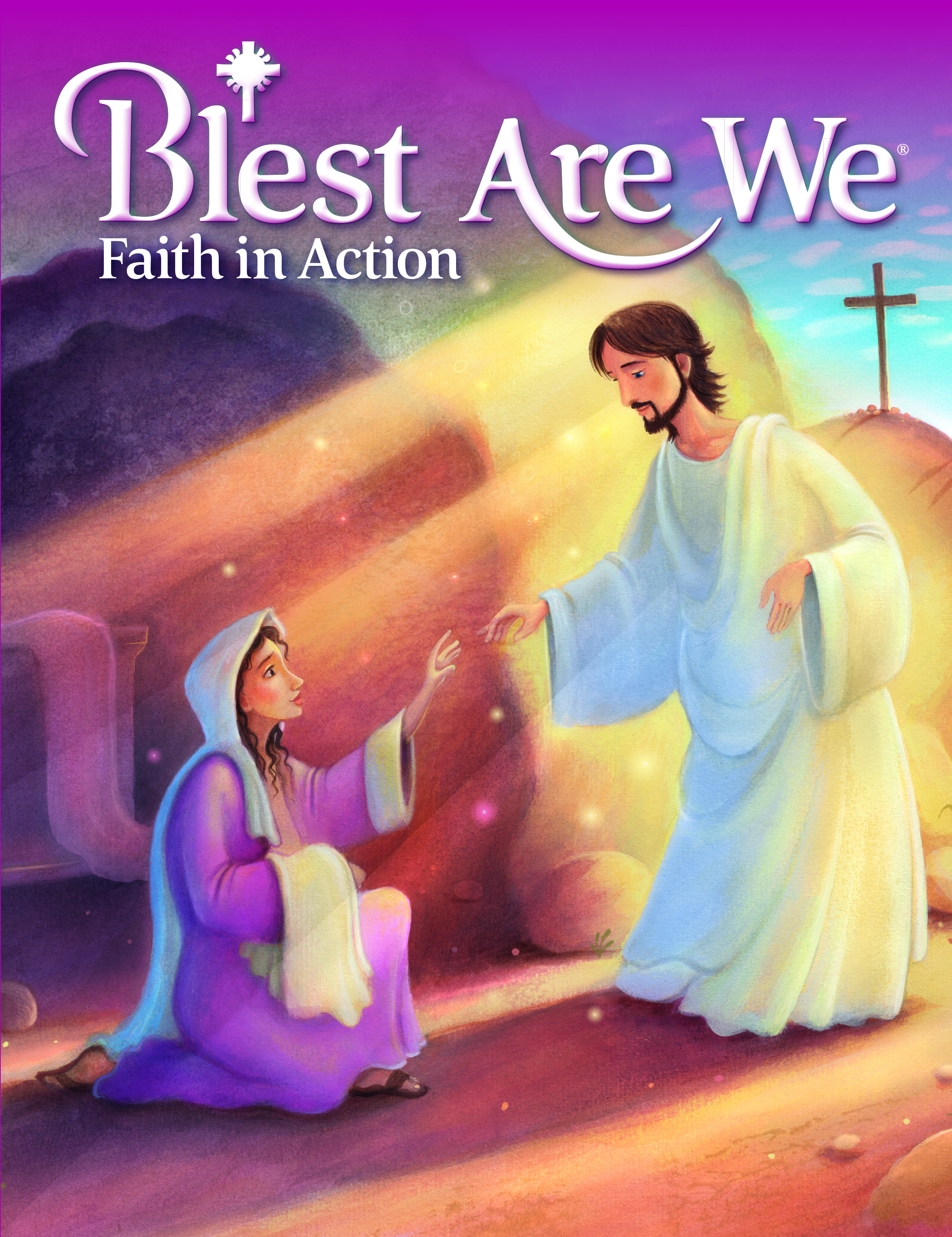Looking back on my childhood, I might say I was an eclectic Catholic. My mother was raised Syrian Orthodox, and my father was Roman Catholic. I was baptized Roman Catholic, and we participated in Sunday Mass at St. Teresa of Avila Church near my home. But aside from Mass and C.C.D. classes until fifth grade, I had no sense of belonging to that church.
I felt connected, instead, to the church of my mother and her family, St. George’s Syrian Orthodox Church, though we only went on special occasions. I was entranced by the wall of icons behind the altar, the cantor who sang hauntingly in Arabic, and, of course, enough incense to cloud the small church through the two-hour Mass.
 Eucharist was real pieces of fresh Syrian bread and wine from a paper cup, made possible because of a small congregation. We left Mass and gathered in the hall, where there was always food, fellowship, and Arabic music.
Eucharist was real pieces of fresh Syrian bread and wine from a paper cup, made possible because of a small congregation. We left Mass and gathered in the hall, where there was always food, fellowship, and Arabic music.
At some point in my young life, I noticed that many of the men in the congregation carried beads in their hands, almost as if they were an extension of their bodies. They fascinated me, and I wanted some, even though no one ever explained what they were or what you were supposed to do with them.
I finally got them at a funeral repast when a visiting relative from the “old country” smiled at my questions about the beads and handed me his to keep. He told me to pray always.
Back in C.C.D., I learned about the Rosary at some point, but it didn’t “stick.” It wasn’t something we prayed at home, but a family friend traveling to Rome brought me back a Rosary with ivory beads the size of tennis balls. It hung on my wall until I left home after I was married. Now, it’s packed away, a planned gift to one of my younger grandchildren who, I sense, will appreciate it as more than a wall hanging.
So, what’s the point? Religious formation is about connecting with others, community, ritual, and tradition. It’s about the experience beyond the lessons.
October is the Month of the Rosary. It’s a great time to introduce your students to the Rosary or nurture an already existing devotion with additional prayer time. Help them understand the Rosary is more than just a repetition of words. It is a time to reflect on the life of Jesus and Mary and build a relationship with both Mary and her son.
Where to start?
Review your textbooks – Look for sections that cover the Rosary. Most also have diagrams explaining how to pray the Rosary. Familiarize yourself with the steps if the Rosary is not part of your regular prayer. Then review the diagram with your students so they feel more comfortable if it is the first time they’ve used a Rosary or if they don’t pray the Rosary frequently.
Create a Rosary calendar – While praying a full Rosary may be difficult with young children, starting them out early with one decade at a time is manageable and builds a sense of devotion that will, hopefully, stay with them through the difficult teen years and beyond. Add two or three days a week to your classroom calendar for the Rosary. By the end of a month, your students will have prayed the entire Rosary.
Focus on the Mysteries of the Rosary – In addition to praying the Rosary, students will grow in faith and understanding by learning more about the four Mysteries of the Rosary. The Glorious, Joyful, Sorrowful, and Luminous Mysteries, which are all centered on the life of Christ, are a summary of the Catholic faith and another tool for helping children understand what it means to be Catholic.
Make a Rosary – A hands-on experience is always great for kids. Depending on the age of your students, there is a simple craft at Catholicicing.com for a pipe cleaner one-decade Rosary for young children. For older students, check with the parish pastoral associate or the Rosary Altar Society for someone who makes rosary beads and ask them to help students make their own. Rosary-making kits are another option.
Involve the parents – Building a faith community for children may benefit from encouraging parents to participate in faith-related experiences. Whether praying the Rosary, making Rosary beads, or sitting in on a special Mysteries of the Rosary lesson, a parent’s presence can also be an opportunity for faith formation for them. At the end of October, consider a school-wide Rosary and an opportunity for fellowship with students, parents, and school staff.
Remember the words of Pope Francis: "The Rosary is a prayer that always accompanies me; it is also the prayer of the ordinary people and the saints ... it is a prayer from my heart."
 About the Author
About the AuthorMary Clifford Morrell, mother of six and grandmother to ten, is a Catholic journalist, editor, and author who has served the Dioceses of Metuchen and Trenton, New Jersey; Burlington, Vermont, and RENEW International in the areas of religious education and communication.
Product Highlight
 Blest Are We Faith in Action - School Edition Grades K-8
Blest Are We Faith in Action - School Edition Grades K-8
The Blest Are We Faith in Action religious education program engages children, youth, and their families in learning what Catholics believe, how Catholics worship, how Catholics pray, and how Catholics live. Our technology-enhanced learning resources, including eGuides, eBooks, eAssessments, and online chapter reviews, expand learning opportunities for students and flexibility for teachers.
Students will enjoy interactive connections with their textbooks, while teachers will find a variety of useful content for helping students on their formative journey of faith.
- Blest Are We Faith in Action offers:
- Faith in Action pages for each chapter, establishing a strong connection to Catholic Social Teaching
- Redesigned Take Home pages, supporting families in the faith formation of their children
- Increased focus on children with special learning needs, addressing practical ways to adapt lessons
- Training Videos for Teachers, eBooks, eAssessments, Family Resources, Catholic Resources, Saints Resources, Lectionary Resources, and more!
